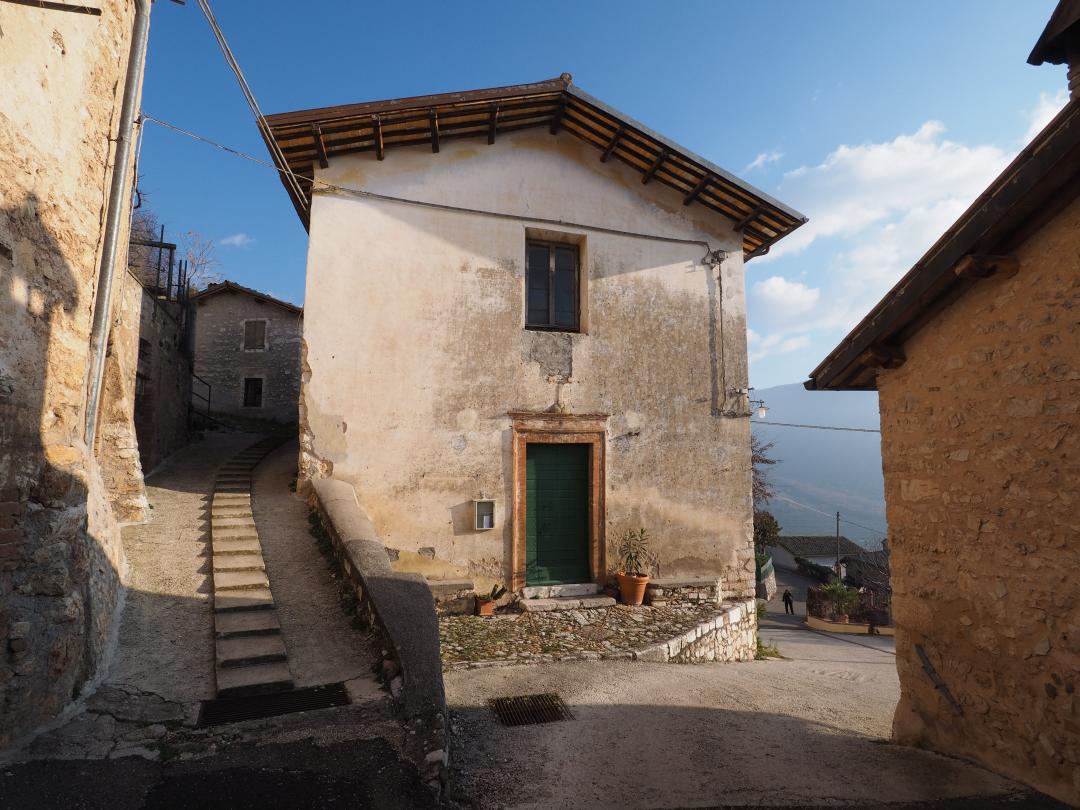Today they are three small districts of the Municipality of Spoleto, during the Middle Age considered as important centers to control the territory of the Contado and the trade routes.
In the territory of Spoleto, in search of castles and fortified villages - In the territory of Spoleto, in search of castles and fortified villages
Cultura Discovering the villages of Umbria
Discovering the villages of Umbria
In the territory of Spoleto, in search of castles and fortified villages
2969887 Discovering the villages of Umbria In the territory of Spoleto, in search of castles and fortified villages Discovering the villages of Umbria Cultura 1
A short historic itinerary to know Eggi, Bazzano Inferiore and Silvignano
Eggi
Borgo di Eggi
Bazzano Inferiore
Borgo di Bazzano di sotto
Silvignano

Silvignano - San Giovanni Evangelista
Eggi
Borgo di Eggi
Total length of the route: approx. 21 km
(Eggi-Bazzano inferiore approx. 4 km; Bazzano inferiore-Silvignano approx. 8 km; Silvignano-Eggi approx. 9 km)



























